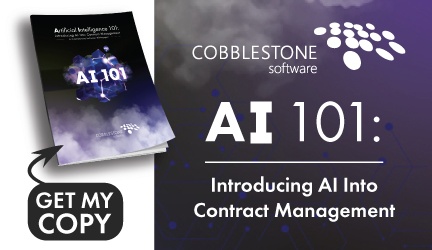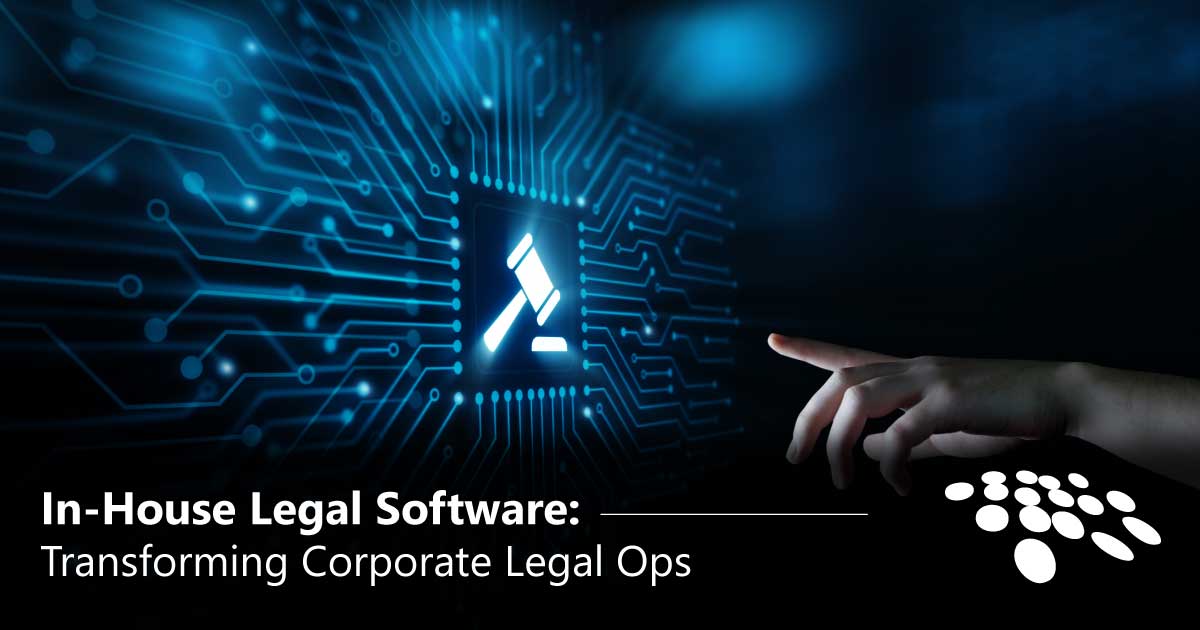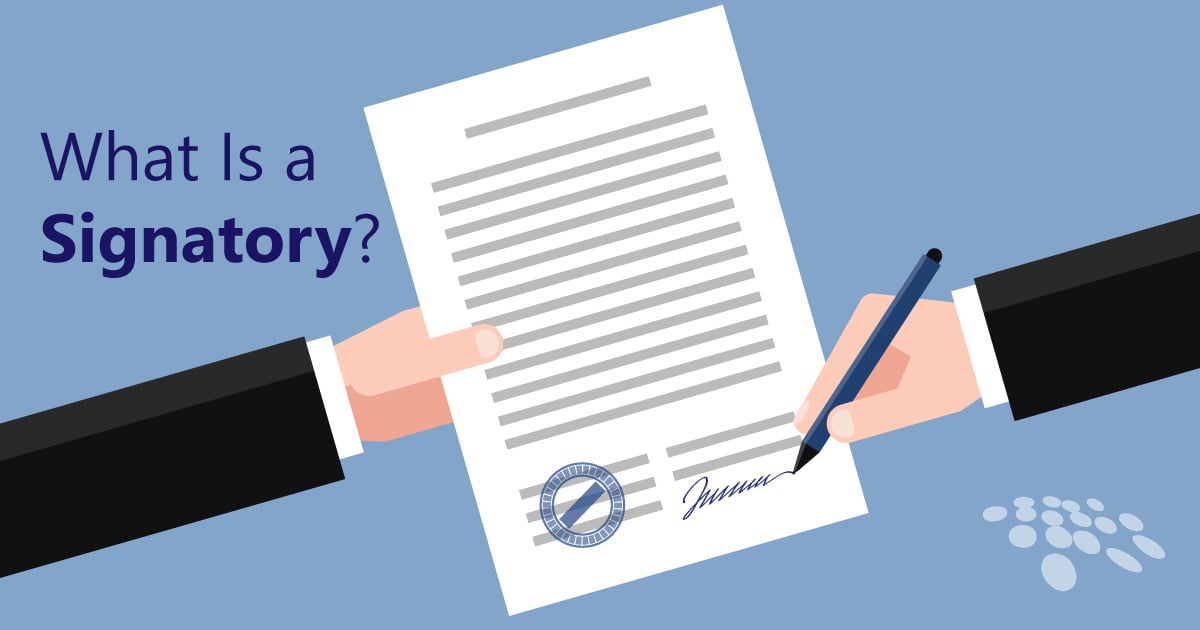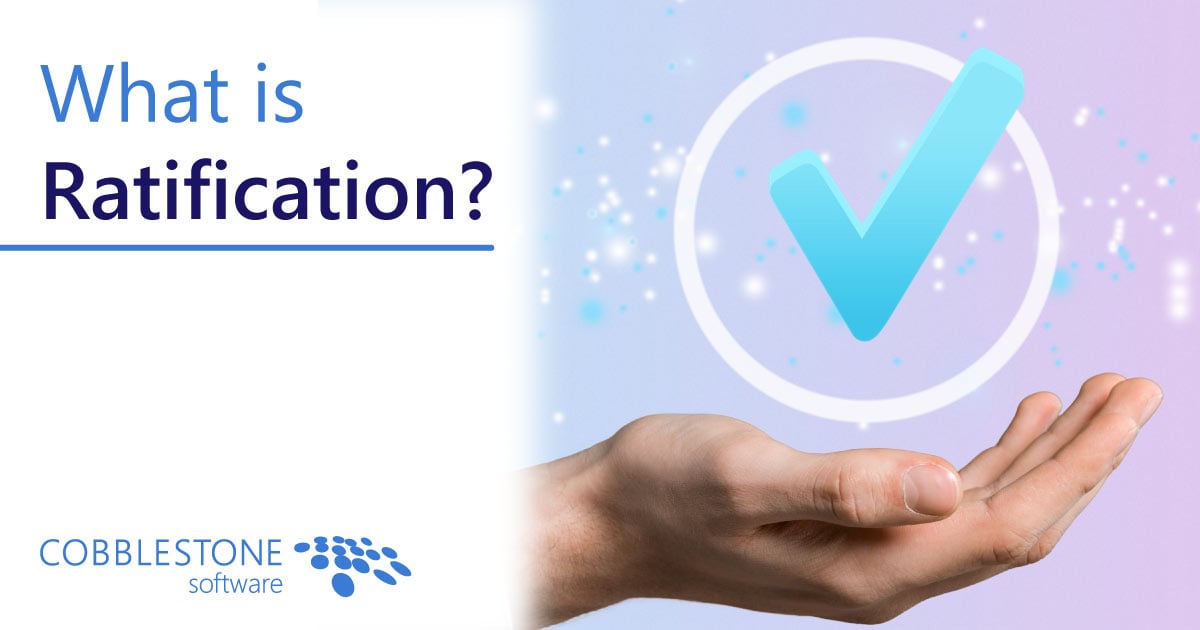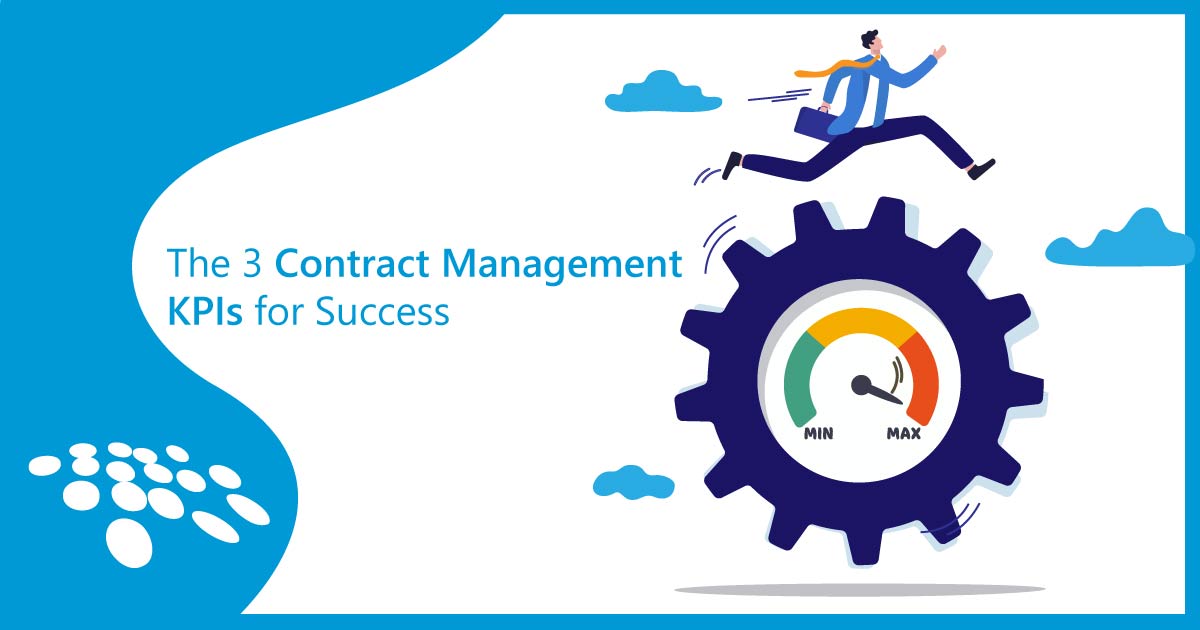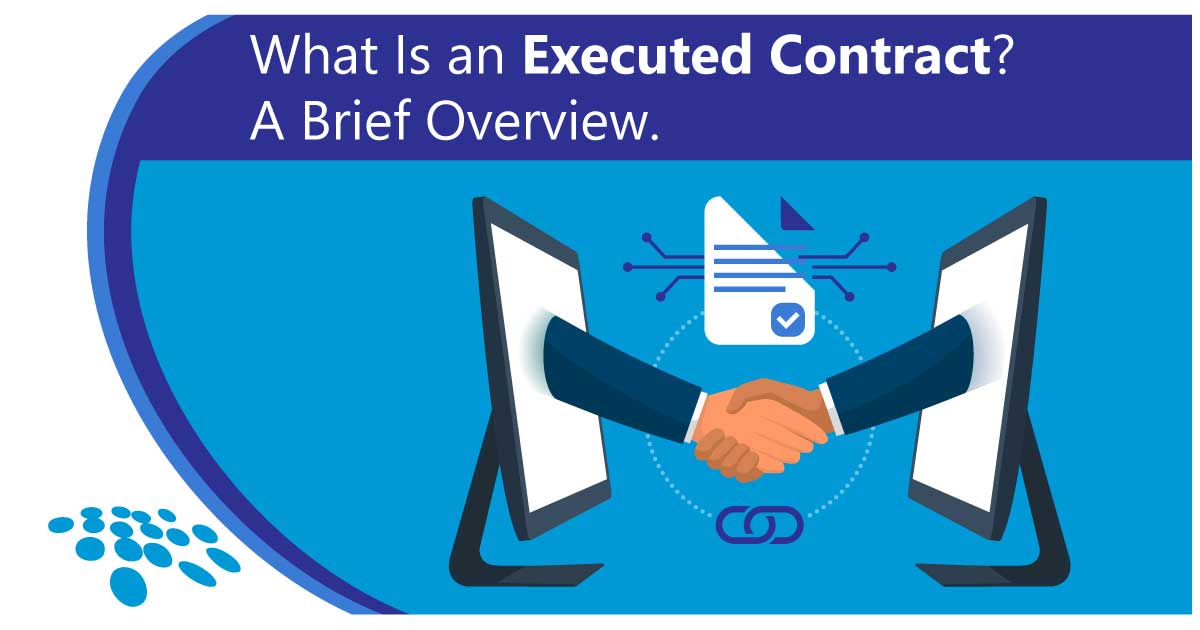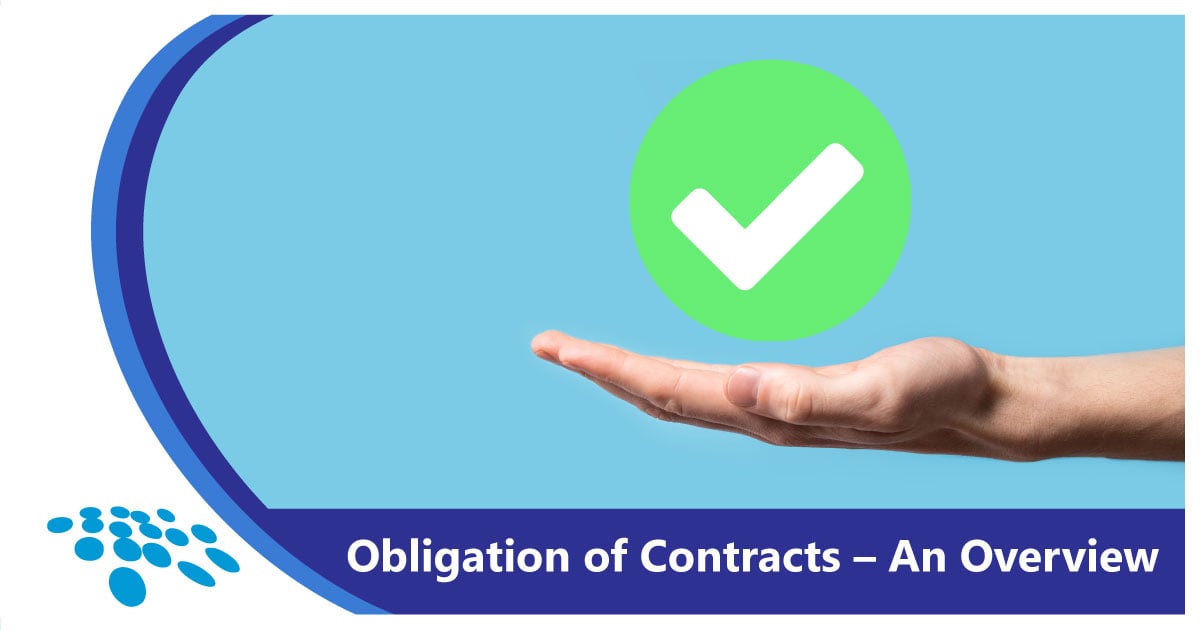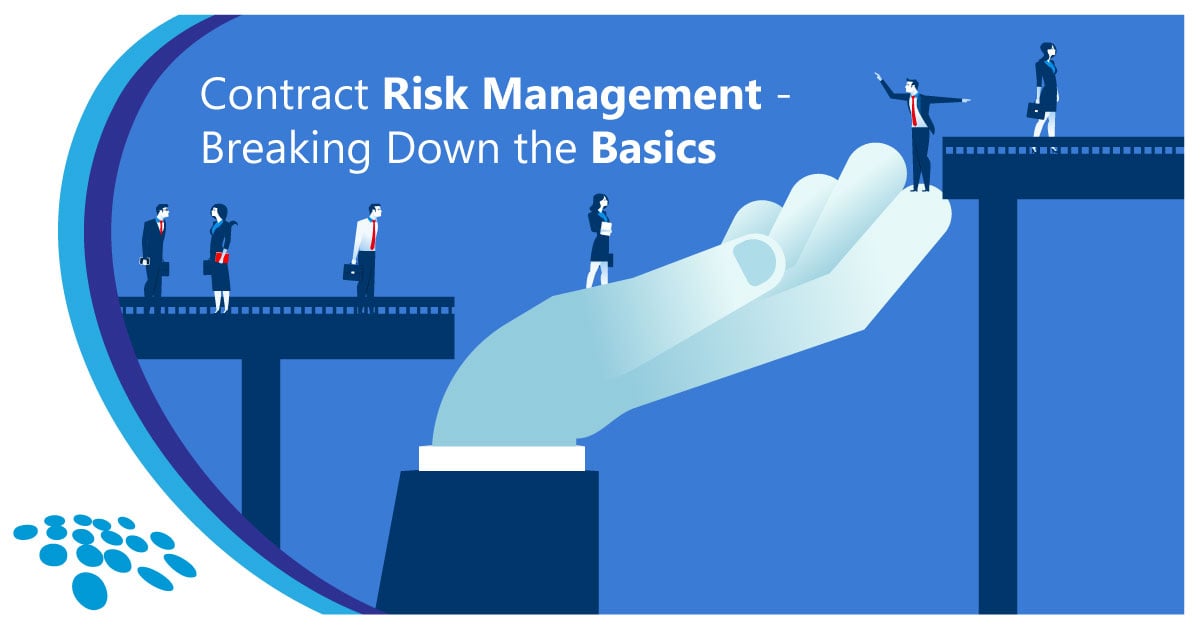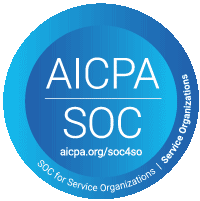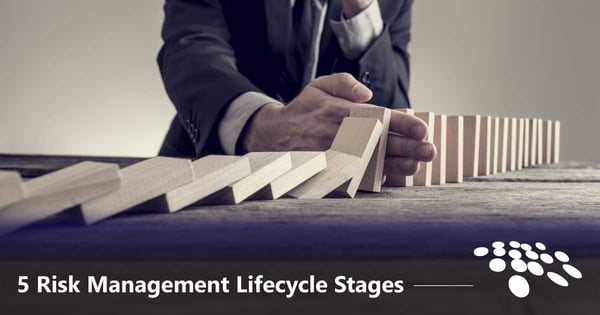
Effective risk management provides organizations with not only valuable business protection – but also the potential for meaningful growth. Central to a healthy approach to risk is an understanding of the risk management lifecycle. Let's delve into the five stages of this risk lifecycle - exploring the types of risks, risk management frameworks, strategies, and the essence of a risk management plan.
Stage 1: Identifying Risks
Risk identification is the critical first stage in the risk management lifecycle. In this phase, an organization recognizes potential threats that could adversely affect its ability to achieve its objectives. Risks can emanate from various sources and can be internal (originating within the organization) or external (arising from the environment in which the organization operates).
Types of Risks
Different types of risks require different approaches. Broadly, risks can be categorized into strategic, operational, financial, or hazard risks.
- Strategic risks: These are associated with changes in the business environment, market dynamics, or in the organization's strategic direction. For instance, the emergence of a new competitor or technological innovation might disrupt the company's market position.
- Operational risks: These risks arise from the organization's day-to-day business activities. They could involve the failure of critical processes, systems, or resources, human errors, or breaches of internal controls.
- Financial risks: Financial risks revolve around the economic landscape and the organization's financial operations. They could involve changes in market prices, interest rates, credit quality, and currency exchange rates.
- Hazard risks: These include risks from natural disasters, accidents, or other tangible events that can cause significant damage to the organization's assets.
Stage 2: Understanding the Risks
The next stage in the risk management lifecycle is understanding the identified risks. This step involves risk assessment: an evaluation of the likelihood and impact of each risk. The objective is to discern the potential consequences if the risk event occurs and how likely that event is to happen. This insight is critical for prioritizing risks and deciding which ones require immediate attention.
Stage 3: Managing the Risks
Once risks are understood, the process moves to managing risks. This stage involves formulating risk management strategies to handle the identified and understood risks. The strategies function as responses to the risks and are typically categorized into risk avoidance, risk transfer, risk mitigation, and risk acceptance.
- Risk Avoidance: This strategy involves completely avoiding the risk by not engaging in activities that give rise to it. This is applicable when the potential impact of the risk is devastating, and the cost of managing it is high.
- Risk Transfer: This strategy involves shifting the risk to a third party - typically through insurance or contracts. It's applicable when the risk impact is high, but its occurrence is less probable.
- Risk Mitigation: This involves steps to reduce the impact or likelihood of the risk.
- Risk Acceptance: In some instances, the cost of managing a risk might outweigh the potential harm. In such cases, organizations may choose to accept the risk and devise a contingency plan should the risk event occur.
Stage 4: Monitoring Risks
Risk management is an ongoing process. This leads us to monitoring risks - which involves continuously tracking the risks and their management strategies.
Regularly monitoring risks helps ensure that the risk environment is well understood, the identified risks are being effectively managed, and changes in risk are promptly identified and addressed. Risk monitoring also involves regularly auditing the efficacy of the risk response plan and making necessary adjustments as the risk environment evolves.
Stage 5: Risk Analysis
Risk analysis is another critical stage in the risk management lifecycle. It involves an in-depth study of identified risks using qualitative and quantitative methods.
- Quantitative Risk Analysis: This includes using numerical or statistical methods to estimate the likelihood and impact of risks.
- Qualitative Risk Analysis: This involves categorizing and prioritizing risks based on their perceived impact and likelihood - often using rating scales. It helps in understanding the severity of risks and aids in decision making for risk responses.
Risk analysis can be dynamically mapped and visualized with a risk and opportunity assessment matrix.
Risk Management Framework
A sound risk management framework provides a structured and consistent approach to risk management. It encompasses the identification, assessment, response, and monitoring of risks. The framework needs to be integrated with the organization's overall strategy and objectives - ensuring that risk management activities align with and support the organization's pursuits.
The framework also outlines the roles and responsibilities of individuals involved in risk management, tools, and techniques for managing risks, reporting mechanisms, and how the framework will be reviewed and updated over time.
Risk Management Strategies
The risk management strategies form the approach to dealing with identified risks. These strategies should be closely tied with the organization's risk appetite - the level of risk it's willing to accept in quest of its goals. Strategies may range from avoiding risks entirely to accepting certain risks as part of doing business. The chosen strategies should reflect the organization's culture, operational context, and strategic goals.
Risk Management Plan
The culmination of the risk management process is the risk management plan. This plan outlines how risks will be managed and controlled throughout the lifecycle of a project or within an organization. It typically includes the methodologies to be used for risk management, roles and responsibilities, budgeting, timing, risk categories, definitions of risk probability, a risk response plan, and impact. It also provides a template for risk documentation and communication processes.
The risk management plan should be seen as a living asset - subject to changes as new risks emerge, and existing risks change. Regular review and updates are crucial to ensure that the plan remains relevant and effective in managing risks.
Conclusion
In today's ever-changing business landscape, understanding the risk management lifecycle and its stages is more critical than ever. By effectively identifying, understanding, managing, monitoring, and analyzing risks, organizations can safeguard their operations and strive towards their objectives in a well-calculated and risk-aware manner.
One risk management solution on the market affords business professionals with state-of-the-art features for a future-minded process, such as:
- easy-to-configure risk analysis definitions.
- continuous machine learning scheduling.
- risk analysis warnings and on-screen alerts.
- risk analysis data fitness testing.
- proactive risk mitigation recommendations.
- a visually-engaging risk assessment matrix.
….that solution is CobbleStone Contract Insight® contract management software.
Book a free demo to learn more!
To stay up to date on best practices, industry news, and CobbleStone Software updates, be sure to subscribe to our blog and YouTube Channel.
*Legal Disclaimer: This article is not legal advice. The content of this article is for general informational and educational purposes only. The information on this website may not present the most up-to-date legal information. Readers should contact their attorney for legal advice regarding any particular legal matter.




